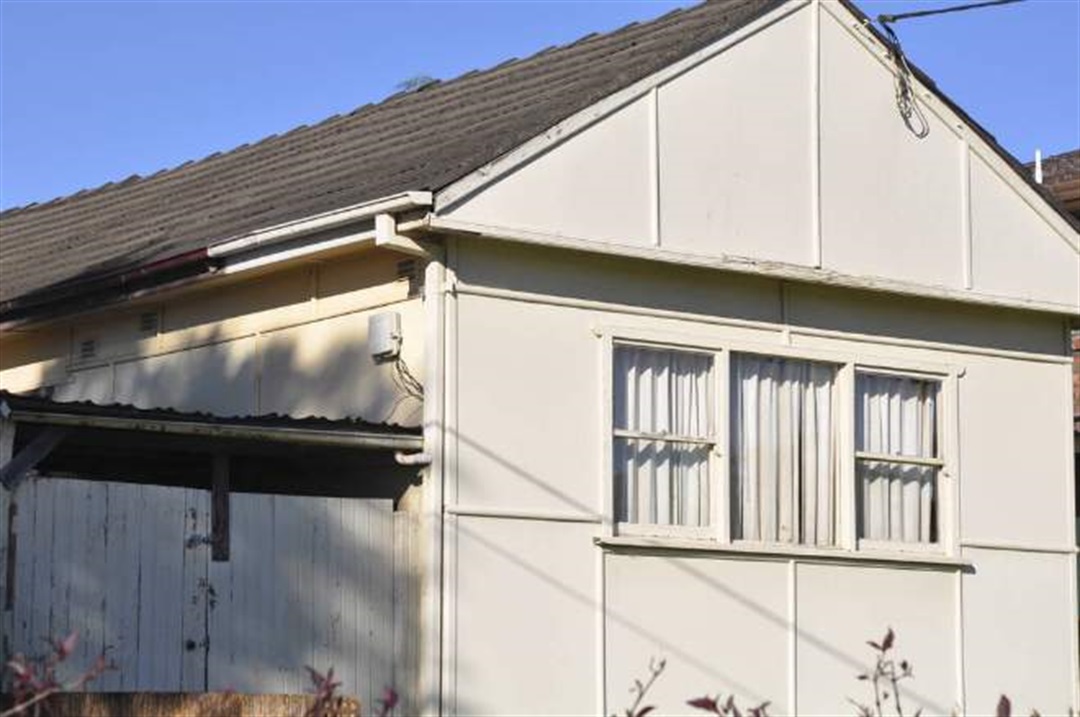
Asbestos is a naturally occurring mineral that was commonly used in building materials until the 1980s. It was praised for its fire-resistant properties and durability, making it a go-to material for insulation, roofing, and flooring. However, the adverse health effects of asbestos exposure have been well-documented in recent years, leading to a widespread ban on its use in construction. Unfortunately, millions of homes and buildings still contain asbestos-containing materials (ACMs), posing a severe health risk to individuals who may come into contact with them. If you’re planning to renovate your home, it’s essential to understand the dangers of asbestos and how to test for its presence. In this blog post, we’ll discuss the importance of asbestos testing before a home upgrade and what you can do to ensure a safe renovation process. We’ll explore the different types of asbestos-containing materials commonly found in households, the health risks associated with exposure, and the steps you can take to identify and remove ACMs. Learn why asbestos testing is crucial for safe renovations by exploring the informative guide at https://thehomeimproving.com/asbestos-testing-for-safe-renovations/.
Asbestos is a health risk.
Asbestos is a health risk that should not be taken lightly. This mineral was commonly used in building materials until the 1970s, and exposure to its fibers can cause serious health problems, such as lung cancer, mesothelioma, and asbestosis. Asbestos fibers released into the air during renovations or home upgrades can be inhaled and cause significant health issues. It is important to understand the risks associated with asbestos and to take necessary precautions, such as proper testing, removal, and disposal, before beginning any renovation or home upgrade project. Knowing the potential dangers of asbestos and how to handle it safely can help ensure a healthy and safe living environment for yourself and your family.
Know materials that contain asbestos.
Asbestos is a naturally occurring mineral that was once commonly used in building materials due to its fire-resistant and insulating properties. However, exposure to asbestos fibers can lead to serious health issues, including lung cancer and mesothelioma. If you are planning on renovating or upgrading your home, it is important to understand which materials may contain asbestos so that you can take the necessary precautions to protect yourself and your family. Some common materials that may contain asbestos include insulation, flooring, roofing materials, ceiling tiles, and cement products. Knowing which materials may contain asbestos is the first step in ensuring that your home renovation project is safe and asbestos-free. It is recommended that you consult with a professional asbestos testing and removal company before beginning any renovation project to ensure that your home is safe for you and your family.
Hire a professional inspector.
Renovating your home is an exciting and rewarding experience, but it’s important to take the necessary precautions to ensure your safety and the safety of your family. Asbestos is a dangerous material that was commonly used in construction materials prior to the 1980s, and it’s crucial to have your home tested for its presence before beginning any renovation project. While some DIY homeowners may attempt to test for asbestos themselves, we highly recommend hiring a professional inspector for this task. A professional inspector has the knowledge, experience, and necessary equipment to safely and accurately test for asbestos, and can provide you with a thorough report of the results. By hiring a professional inspector, you can have peace of mind knowing that your home renovation project is being conducted with the utmost care and safety in mind.
Testing for asbestos.
Testing for asbestos is an important step to take before any renovation or upgrade in your home. Asbestos is a mineral fiber that was commonly used in building materials until the 1980s, and exposure to it can lead to serious health risks, including lung cancer and mesothelioma. Asbestos testing can determine whether or not asbestos is present in your home, and if so, the extent and location of the contamination. There are two types of asbestos testing: bulk sampling and air sampling. Bulk sampling involves taking a physical sample of the suspected material and sending it to a laboratory for analysis. Air sampling involves collecting air samples from the area and analyzing them for asbestos fibers. A professional asbestos abatement contractor should be hired to perform the testing and any necessary remediation to ensure the safety of your home and family.
Properly removing asbestos.
Asbestos is a serious health hazard that can cause lung cancer, mesothelioma, and other respiratory illnesses. If your home was built before the 1980s, it’s possible that asbestos-containing materials were used in its construction. If you’re planning to renovate or remodel your home, it’s crucial to have it tested for asbestos before you begin any work. If asbestos is detected, it’s important to hire a qualified professional to properly remove it. Proper asbestos removal involves a strict set of procedures that must be followed to ensure the safety of everyone involved. The area must be sealed off to prevent the spread of asbestos fibers, and workers must wear protective clothing and respirators. The asbestos-containing materials must be wetted down to minimize the release of fibers, and they must be carefully taken apart and removed. The area must be thoroughly cleaned and tested to ensure that all asbestos fibers have been removed before the area is reoccupied. Properly removing asbestos is not a DIY project and should only be done by a licensed and certified asbestos abatement professional.
Legal requirements for removal.
One important aspect of asbestos testing and removal is understanding the legal requirements involved. In order to ensure the safety of both occupants and workers, there are specific regulations that must be followed when it comes to removing asbestos from a home or building. These regulations vary by state and country, so it is important to research and understand the specific laws in your location. Generally, a licensed asbestos removal contractor is required to carry out the removal process, and the process must be documented and reported to local authorities. Failure to comply with these legal requirements can result in fines and legal action, as well as potential health risks for those involved. It is crucial to hire a reputable and experienced asbestos removal company and to follow all legal guidelines to ensure a safe and successful renovation.
Importance of hiring professionals.
When it comes to renovating your home, it is crucial to prioritize safety. Asbestos is a hazardous material commonly found in building materials, and exposure to it can lead to serious health problems. Asbestos testing is a critical step in ensuring that your home renovation project is safe and compliant with regulations. While it may be tempting to handle the testing and removal process yourself, it is important to recognize the importance of hiring professionals. Certified asbestos professionals have the necessary training and equipment to safely test for and remove asbestos, minimizing the risk of exposure and ensuring that your home is safe for you and your family. By hiring professionals, you can rest assured that the job will be done correctly and that your home will be safe for years to come.
Choose the right contractor.
When embarking on a renovation project, it’s essential to choose the right contractor to ensure that the work is done correctly and safely. When it comes to asbestos testing, it’s especially crucial to select a contractor with experience and certification in this area. Look for a contractor with a proven track record of asbestos testing and removal, and one who follows all safety guidelines and regulations. It’s also important to ask for references and check the contractor’s credentials before hiring them. Make sure to communicate all your concerns and expectations with your chosen contractor and ensure that they provide you with a detailed plan and timeline for the asbestos testing and removal process. Choosing the right contractor is one of the most critical steps in ensuring a successful and safe renovation project.
Conclusion
Understanding asbestos testing is crucial when planning a safe home renovation. It is important to hire a professional and accredited asbestos testing company to conduct a thorough inspection before beginning any renovation work. By doing so, you can ensure that you and your family are safe from the harmful effects of asbestos exposure. It is always better to be safe than sorry, so taking necessary precautions can save you from long-term health risks and financial burdens. Remember, asbestos testing is a small price to pay for a safe and successful home upgrade.





